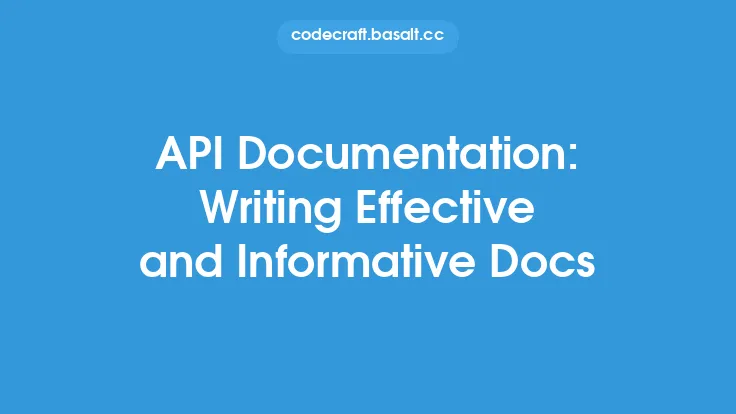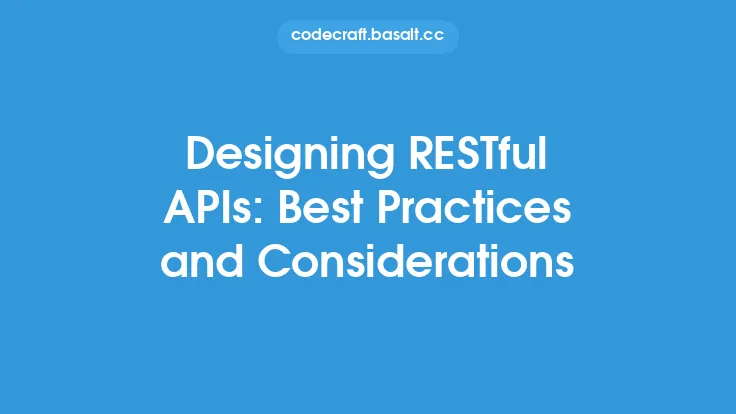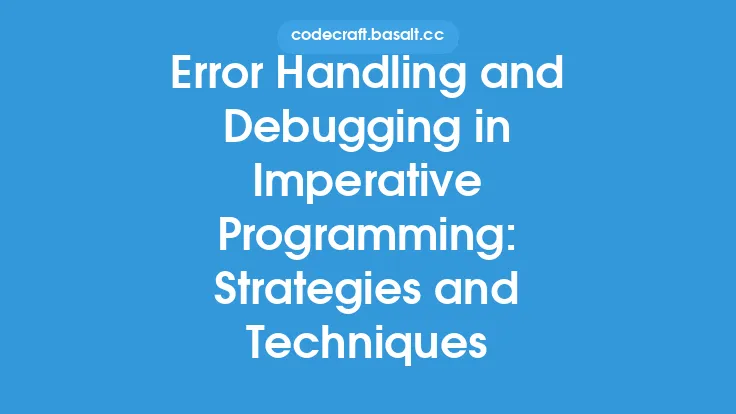When designing and maintaining APIs, one of the most critical aspects to consider is versioning. API versioning is the process of managing changes to an API over time, ensuring that updates do not break existing integrations or compromise backwards compatibility. As APIs evolve, new features are added, and existing ones are modified or removed, making it essential to have a well-planned versioning strategy in place. This strategy should balance the need for innovation and improvement with the requirement to maintain a stable and reliable interface for clients.
Introduction to API Versioning
API versioning is not just about assigning a version number to an API; it's about creating a framework that allows for change while minimizing disruptions to clients. A good versioning strategy should provide a clear understanding of what changes have been made, how they affect existing integrations, and what steps clients need to take to adapt to these changes. There are several approaches to API versioning, each with its pros and cons, and the choice of strategy depends on the specific needs and goals of the API.
Types of API Versioning Strategies
There are several types of API versioning strategies, including URI-based versioning, header-based versioning, query parameter-based versioning, and media type-based versioning. URI-based versioning involves including the version number in the API endpoint URI, for example, `/v1/users`. Header-based versioning uses a custom HTTP header to specify the version, such as `Accept: application/vnd.example.v1+json`. Query parameter-based versioning involves passing the version as a query parameter, for example, `?version=1`. Media type-based versioning uses the Accept header with a custom media type that includes the version, for example, `Accept: application/vnd.example.v1+json`.
URI-Based Versioning
URI-based versioning is one of the most common approaches to API versioning. It involves including the version number in the API endpoint URI. This approach is straightforward and easy to implement, as it simply requires updating the URI to reflect the new version. However, it can lead to a large number of endpoints, making it difficult to manage and maintain the API. Additionally, it can result in a significant amount of duplicated code, as each version of the API may require its own set of endpoints.
Header-Based Versioning
Header-based versioning uses a custom HTTP header to specify the version. This approach is more flexible than URI-based versioning, as it allows clients to specify the version they want to use without modifying the URI. It also makes it easier to manage and maintain the API, as the version is decoupled from the endpoint. However, it requires clients to be aware of the custom header and to include it in their requests.
Query Parameter-Based Versioning
Query parameter-based versioning involves passing the version as a query parameter. This approach is similar to URI-based versioning but uses a query parameter instead of including the version in the URI. It is easy to implement and allows clients to specify the version they want to use without modifying the URI. However, it can lead to a large number of possible endpoints, making it difficult to manage and maintain the API.
Media Type-Based Versioning
Media type-based versioning uses the Accept header with a custom media type that includes the version. This approach is more flexible than URI-based versioning, as it allows clients to specify the version they want to use without modifying the URI. It also makes it easier to manage and maintain the API, as the version is decoupled from the endpoint. However, it requires clients to be aware of the custom media type and to include it in their requests.
Backwards Compatibility
Backwards compatibility is a critical aspect of API versioning. It refers to the ability of a new version of an API to work with existing clients without requiring them to make changes. Achieving backwards compatibility requires careful planning and design, as changes to the API must be made in a way that does not break existing integrations. This can be achieved by using techniques such as default values, optional parameters, and deprecated endpoints.
Deprecation and Sunset Policies
Deprecation and sunset policies are essential for managing the lifecycle of an API. Deprecation refers to the process of marking an endpoint or feature as no longer recommended for use, while sunset refers to the process of removing an endpoint or feature altogether. A well-planned deprecation and sunset policy should provide clients with sufficient notice and time to adapt to changes, minimizing disruptions to their integrations.
Versioning and API Design
API versioning is closely tied to API design. A well-designed API should be flexible and adaptable, allowing for changes to be made without compromising backwards compatibility. This requires careful consideration of the API's architecture, including the use of modular design, loose coupling, and separation of concerns. Additionally, APIs should be designed with versioning in mind, using techniques such as semantic versioning and API description languages like OpenAPI.
Best Practices for API Versioning
There are several best practices for API versioning, including using semantic versioning, providing clear documentation, and implementing a deprecation and sunset policy. Semantic versioning involves using a version number in the format of major.minor.patch, where major versions represent breaking changes, minor versions represent new features, and patch versions represent bug fixes. Clear documentation is essential for helping clients understand the changes made to the API and how to adapt to them. A well-planned deprecation and sunset policy should provide clients with sufficient notice and time to adapt to changes, minimizing disruptions to their integrations.
Conclusion
API versioning is a critical aspect of API design and maintenance. It requires careful planning and consideration of the trade-offs between innovation and backwards compatibility. By choosing the right versioning strategy and following best practices, API designers can create a flexible and adaptable API that meets the needs of clients while minimizing disruptions to their integrations. As APIs continue to evolve and play an increasingly important role in software architecture, the importance of effective versioning strategies will only continue to grow.





